I get a certain level of pain when I see a cool old rifle get “modernized,” whether it’s historical or not. Even, in this case, the attempt at modernization sets me off.
The only good news in doing that is that it destroys the gun’s value and allows me to scoop it up for next to nothing. We are looking here at a bubba’ed Remington Model 81 Woodsmaster. This rifle’s tragic story was that it had been passed down to a grandson who promptly spray-painted it black and hydro dipped the original wooden furniture.
Thankfully, he didn’t go all tacticool with MARPAT or Multicam. The grandson then decided to hawk it, hoping to get about $200 above typical value because the gun had been, er, “upgraded.”
Woo boy. It sat on consignment forever, dropping in price occasionally. I gave my card to the owner of the gun store and wrote an offer on the back. An hour later, the offer was accepted, and I owned a Woodsmaster for about $150.
This model is a .300 Savage, which is a dandy round that outclasses the .30 Remington and .30-30 cartridges. It performs almost as well as the .30-06, and in an autoloading gun like this, the action stays short and manageable. My grandfather still hunts with a .300 Savage rifle and bags deer with it on an annual basis.
The Woodsmaster’s Origins
This Model 81 Woodsmaster is based on the older Model 8 but was updated with some cosmetic changes and two new calibers. The Model 81 and Model 8 were produced in a variety of grades, and mine appears to be the standard sporting model. A working man’s variant.
These are semi-automatic rifles designed by the master, John Moses Browning. The Model 8 was one of the first successful semi-automatic rifles and saw use mostly by hunters. The rifle features a five-round integral magazine and is loaded through the top of the gun.
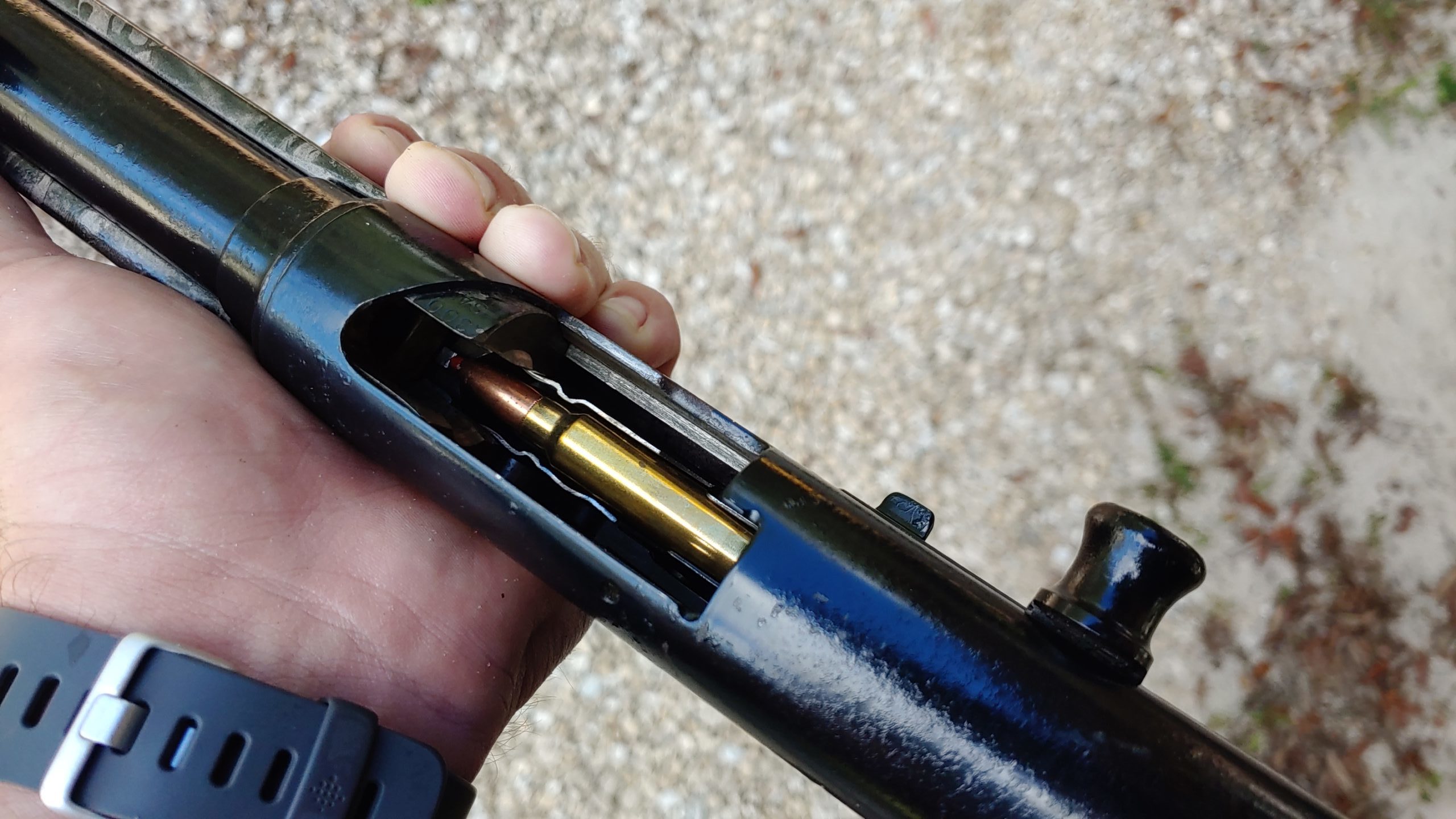
Some Woodsmasters found their way into the hands of police officers with detachable magazines, and notably, Frank Hamer had some love for the rifle. His was a .35 Remington model with a 15 round magazine, and he famously used the rifle in the Bonnie and Clyde ambush.
The Model 8 and later Model 81 were most certainly some early examples of what would become the modern fighting rifle. A few of them were even used by French Forces in World War 1.
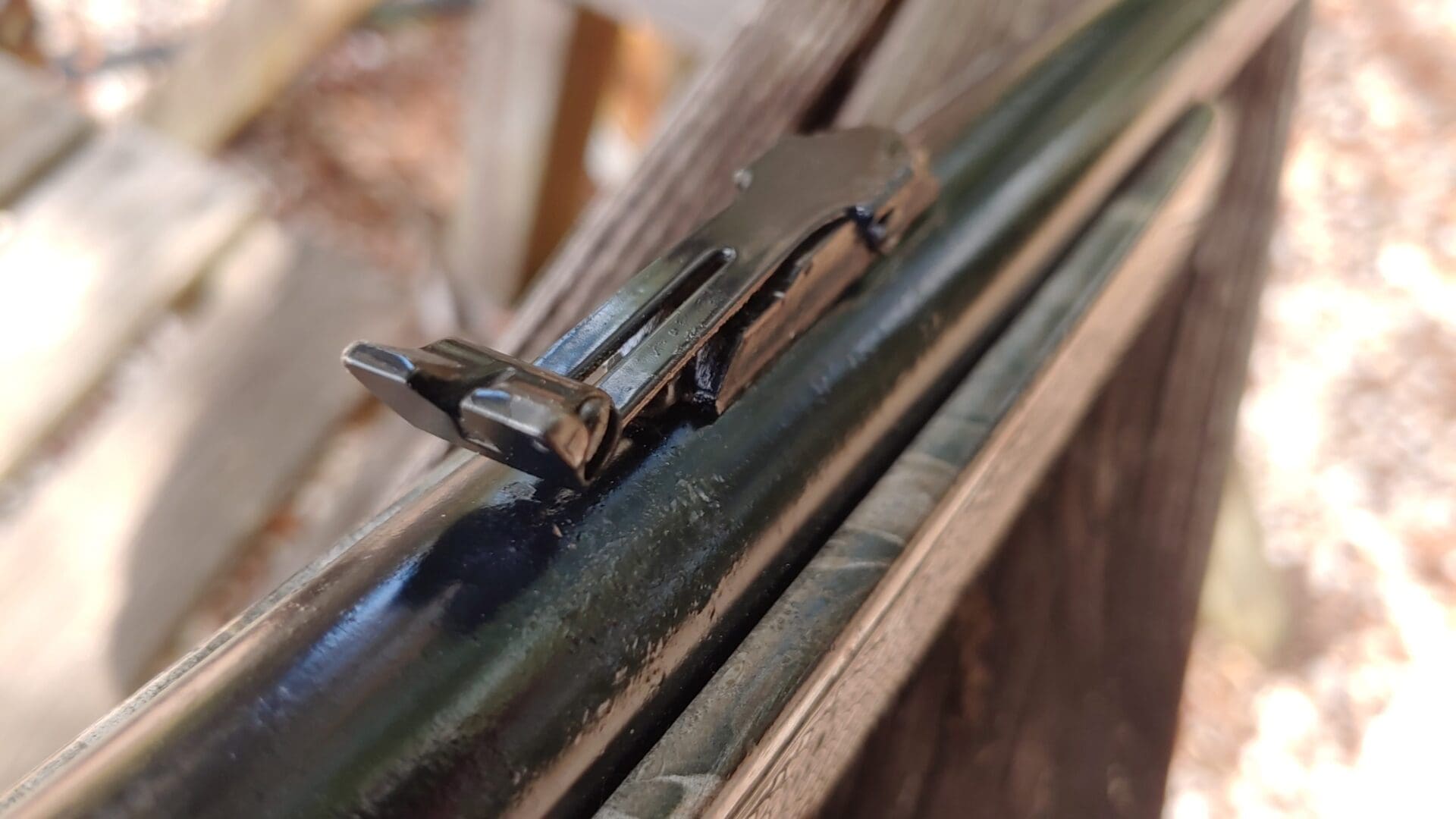
I knew very little about the Model 81 Woodsmaster or the Model 8 prior to purchasing this gun. I knew about its FBI usage and the Frank Hamer angle, and that was about it. Along the way, I discovered the gun has a fascinating operation system. The Model 81 uses long recoil operation, a system more common in shotguns than rifles. You can see the same humpback receiver design we see in the A5 series.
John Browning Does it Again
When the rifle I bought fires, the barrel, and bolt move together inside the receiver against a pair of recoil springs. The bolt stays rearward as the barrel is then returned forward by one of the two recoil springs. As the barrel moves forward, the spent cartridge is then extracted and ejected. Once the barrel is locked back in place, the bolt is returned forward by the second spring, which picks up the next round and chambers it.
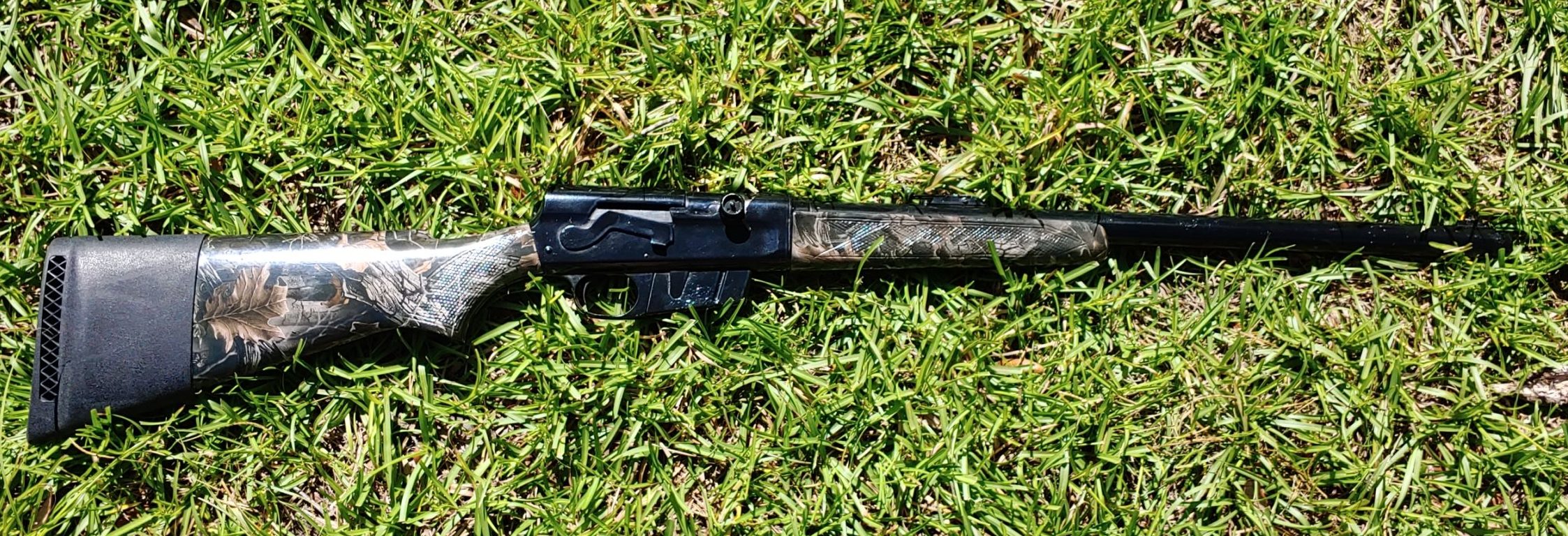
It’s different, but it works. It also makes for a heavy gun at around 8 pounds without any accessories. The barrel is encased with a shroud to protect it and ensure reliable operation. The sights are mounted to this shroud and are old school open sights. My looks as if it was drilled and tapped for some kind of scope mount. Unfortunately, the scope mount wasn’t included. The top of the receiver is open to allow ejection, so a side-mounted scope is a necessity.
The gun has a massive charging handle that is an impressive feature for the old gun. It’s the size every semi-auto shotgun should wear. The safety is very AK-like and ol’ Mikhail Kalashnikov was certainly influenced by this design. Another impressive feature for such an early semi-auto rifle is the last round bolt hold open. To send the bolt home, you have to depress the follower and pull the bolt slightly to the rear.
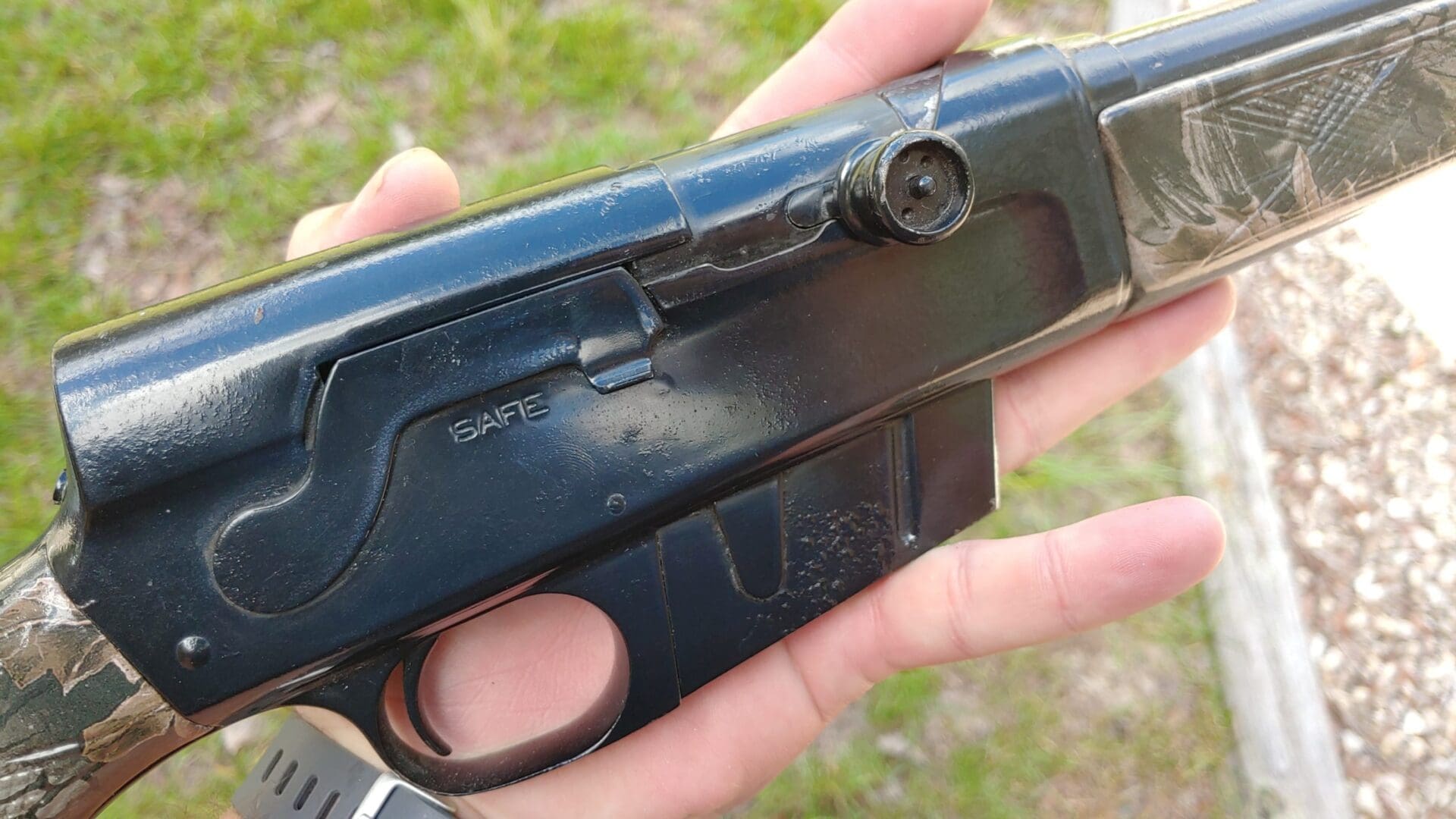
The Model 8 and 81 series rifles are also takedown designs, allowing you to remove the barrel from the receiver for a more compact package. This allows it to be small enough for an SBR type AR15 case. The wood furniture is nicely textured and makes me grow to hate hydro-dipping bubbas hydro more and more every time I look at it.
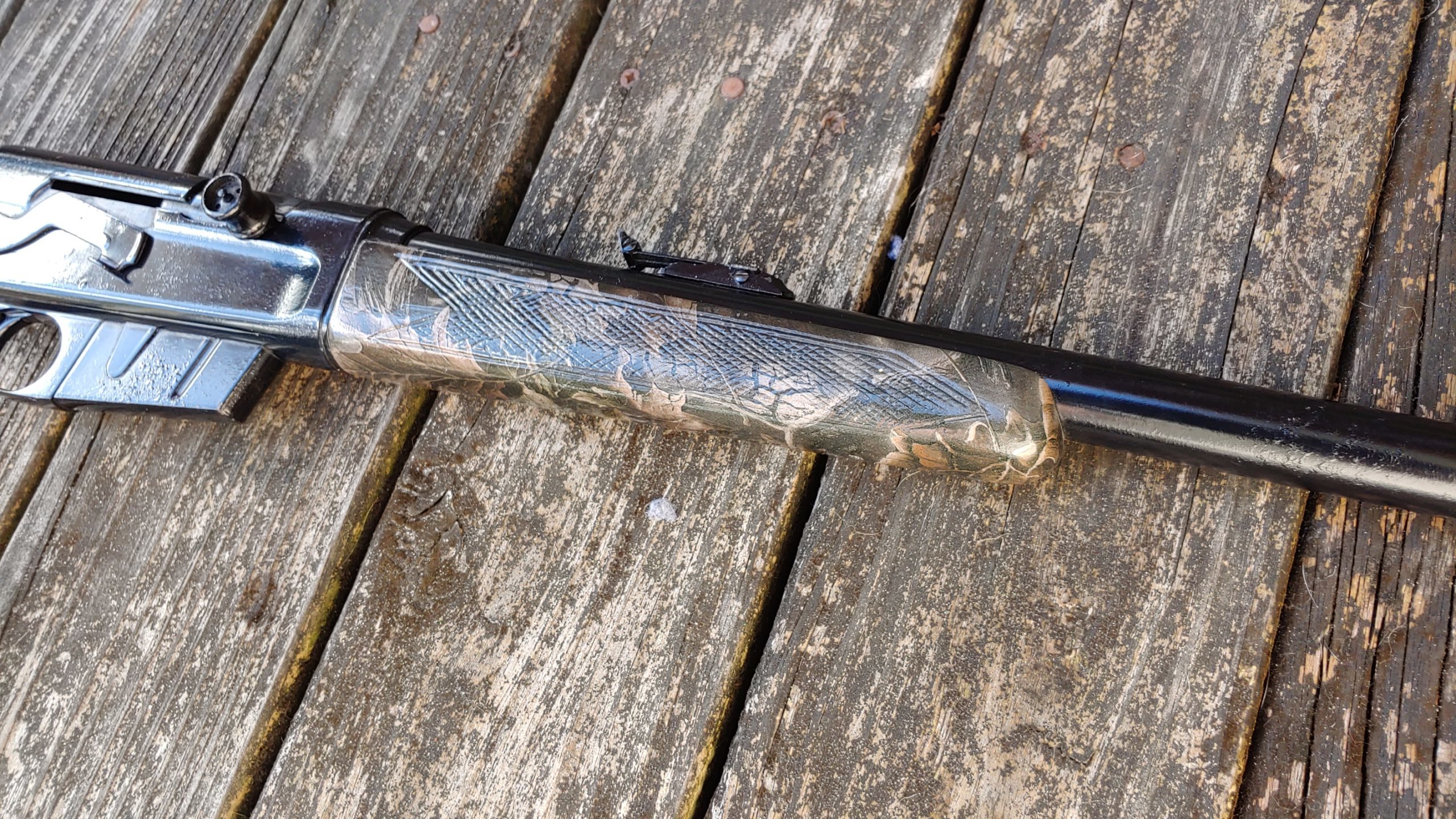
The Model 81 Woodsmaster is a big, heavy rifle, and between the gun’s weight and its operation, the gun eats the recoil from .300 Savage rounds with ease. It’s quite comfortable to fire, and .300 Savage ammunition is still easy enough to find. High-end hunting rounds are available for about a buck to a buck fifty a round, and it doesn’t seem like FMJs are too common. This won’t be a gun I shoot often, but when I do, I’ll enjoy it.
An American Classic
Even though this classic had an ugly facelift, she’s still a sweetheart. I lightly oiled the gun and it ran like a clock for sixty rounds of ammo. I know that’s not much of a test, but ammo is expensive, and I don’t need to rely on this gun for home defense, so I’m not concerned with a 500-round reliability test.
The sights are simplistic, but they function just fine within the hundred yards I have at my home range. I plan to make this a deer rifle this season.
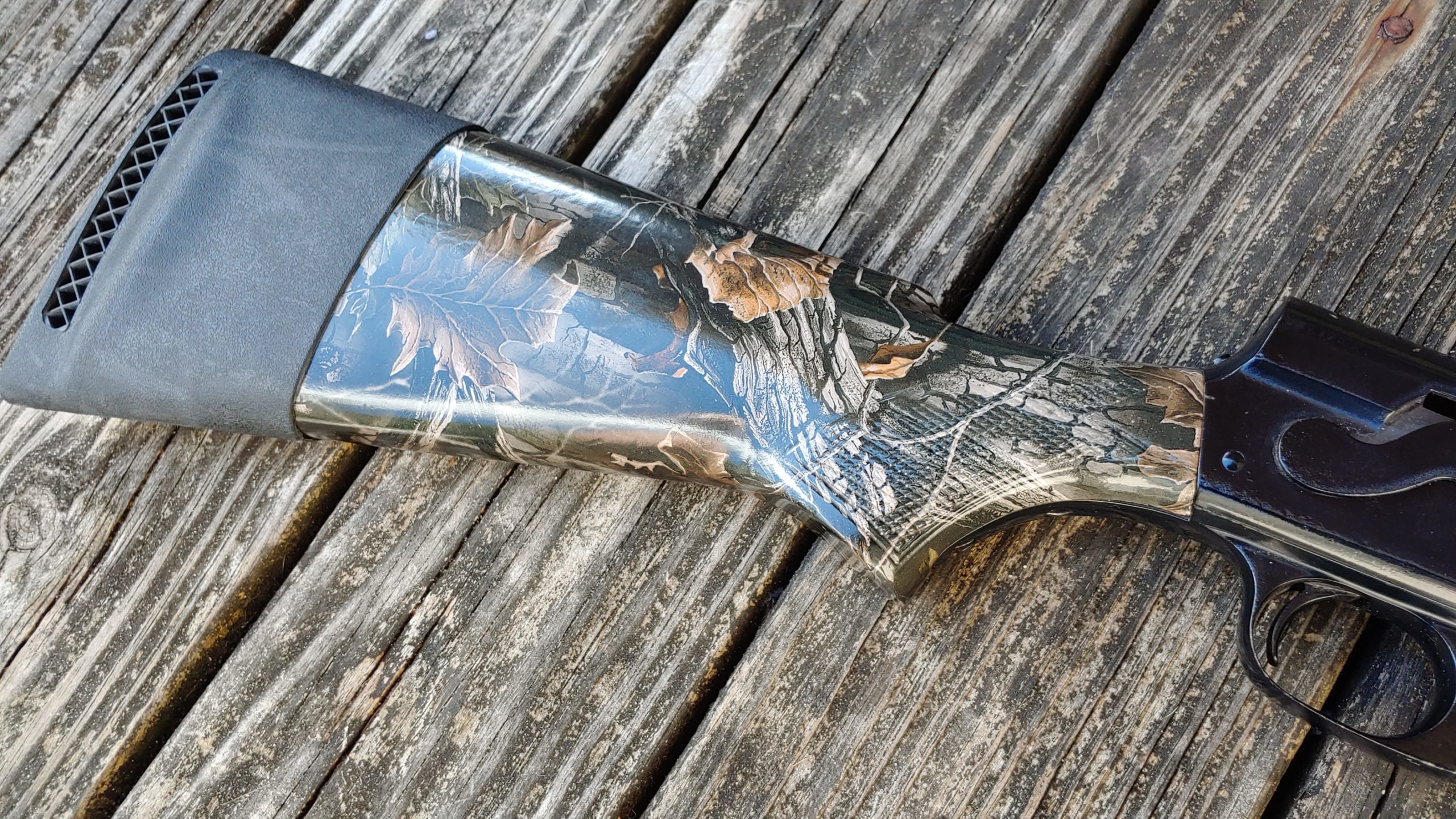
I like project guns, and this will be one such project. I plan to attempt to remove that hydro dipping from the wood, and I’d like to preserve the wood as well if possible. If anyone has tips on how to remove hydro dipping without destroying the wood, please leave them in the comments. I’d appreciate the advice.
I also need to remove the spray paint, which I plan to do carefully. My gun is also missing the original buttpad, so it wears an old Pachmayr slip-on recoil pad. Hopefully I can find one of those bouncing around.
This is a sweet gun. Sure it’s an outdated design, but is a fantastic piece of history that’s fun to shoot. Especially for $150. The recoil operation is fascinating and robust, and anything John Browning designed is fine with me.


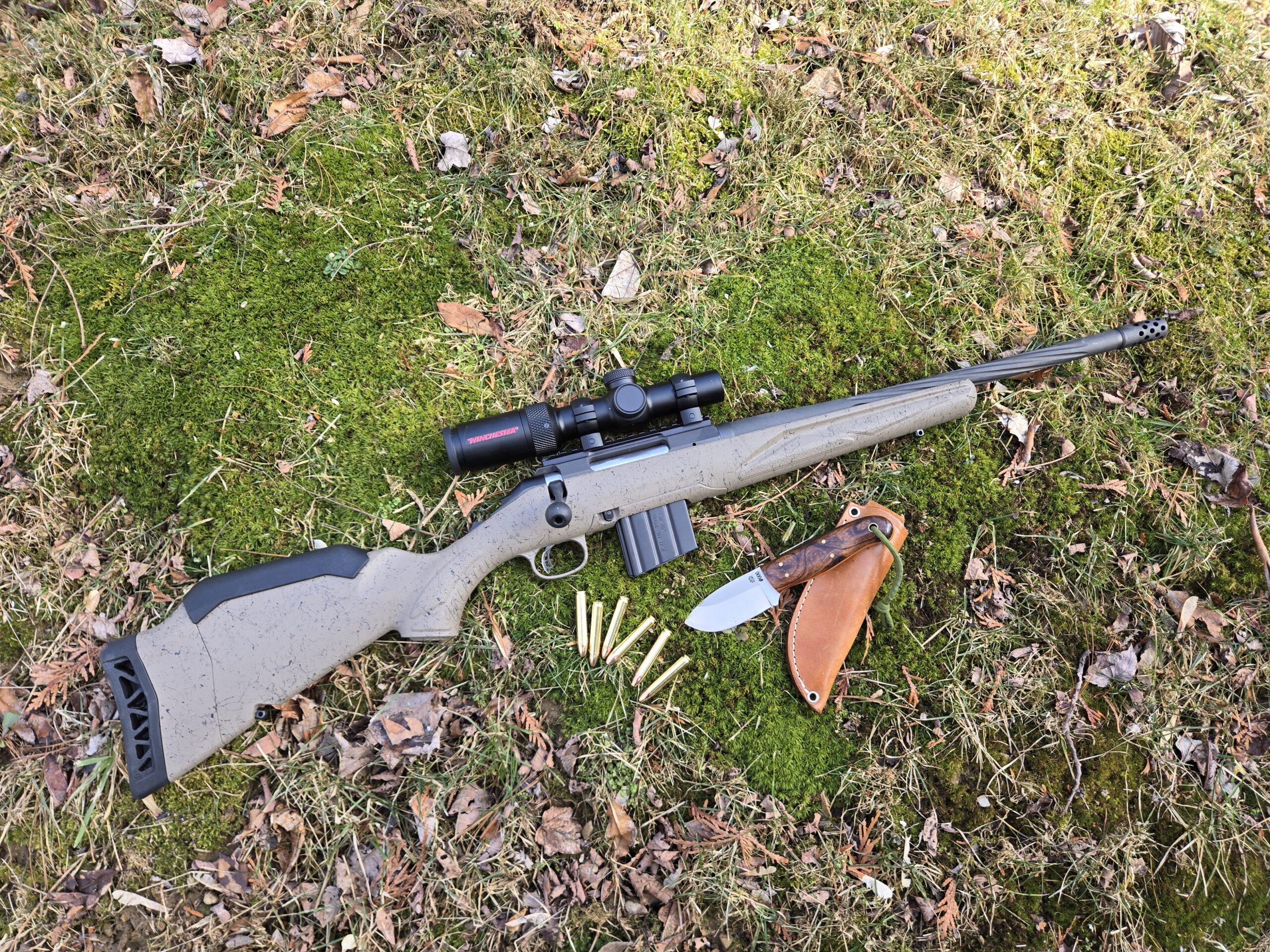




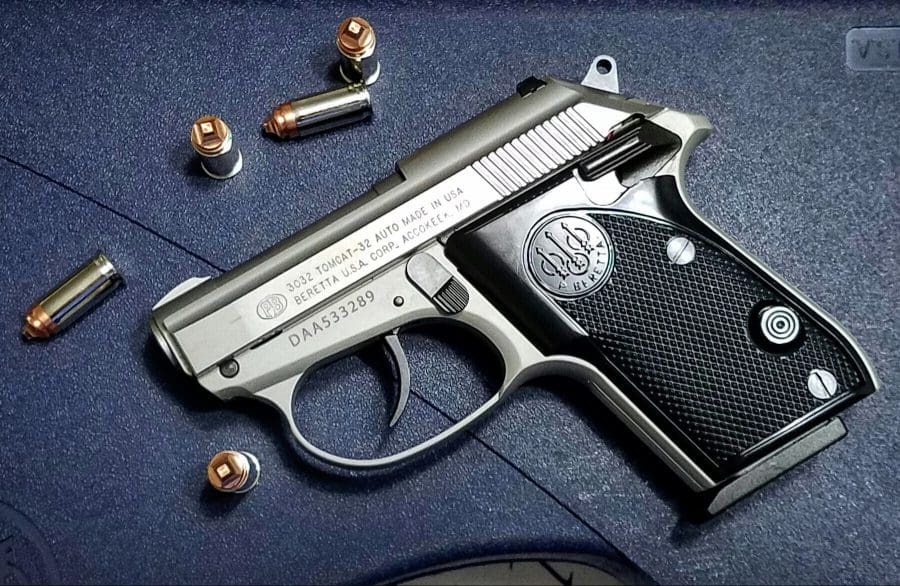

Wow cool,I’d also like to see the action work. That double spring system has me intrigued.
Is it poor paint or is the metal heavily pitted? The gun isnt worth fixing if its pitted, and you have no emothjional attachement to it. I mean its not like it was your graddy’s. These guns in almost new condition can be bought online for less than $1500. They are NOT big collectibles, no matter in how high a regard you place them. Really nice ones will cost you between $750 and $900. Go look at gunbroker right now. Watch the ones with a low starting bid and see where they end up. (They jumped up a little since biden was eleceted.)
The condition of the metal, may have something to do with why he did what he did to it. You will likely also find the stock has a crack repair or he filled a large dent or scar with bondo and that is the reason for the camo.
If you want a nice one go buy a nice one. Otherwise just shoot it and enjoy it, at $150 its a heck of a deal. But the time and effort needed to strip, clean, sand, polish, reblue, and refinish will never be recovered. And unless you are really good at it you will be talked about on forums just like this but you might get $450 for your “unprofessional restoration.”
Aircraft stripper (Now almost impossible to buy because some idiot couldnt read and apply what was read to the real world) Some automotive body shop supply houses will sell it to you if you tell them you are stripping a car. Its dangerous if you cant read and follow instructions. It will clean the wood all the way down to the original finish and down into the checkering. A soft brush even a tooth brush will clean up the checkering. The stripper is nuetralized when you put water on it. Just DONOT leave it on and walk away. Since you have never used it possibly just a small area at a time. It is very very caustic. wear eye protection and go outside but in the shade to use it. Accetone might do it and is less caustic than Aircraft Stripper but accetone is highly flmable and you could burn down your house, and it may need to sit forever to soften that clearcoat but it will take off the original finish eventually. I would test it by sticking the fore arm into a coffee can of accetone to see if it attacks it. I would rather not use the aircraft stripper unless I have to. Actone wont hurt the wood no matter how long you leave it in. Antique shotgun stocks are often left for weeks to get all the oil out of the wood before a crack is repaired.
The paint on the metal should come off easily with aircraft stripper, wash it in hot water and put a coat of ATF on it to keep it from rusting. Do not sand or blast it until you see what is under it. You do not want to do anymore damage to roll stamps than he may have already done.
If you are goint to leave it a while you can wax the bare meatal good when the hot water evaporates off of it.
Try red oxide at very low pressure in a bead blast cabinet, it works on polymer pistols with no damage